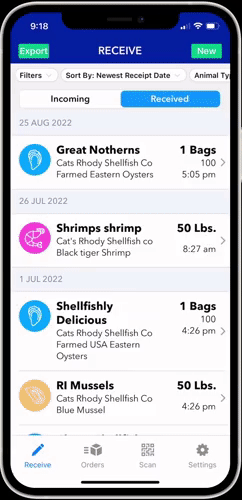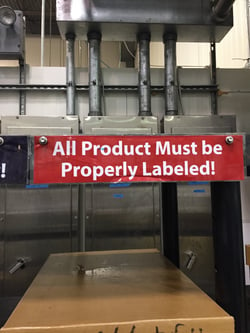So You Need a Software System for Your Seafood Business...
Let's talk about finding the right system to run your seafood operation. I know it can feel overwhelming - you want something that'll make your life easier, help you grow, and keep you in control. The good news? You've got options. Let me break them down for you.

 confirmed illnesses.
confirmed illnesses. 